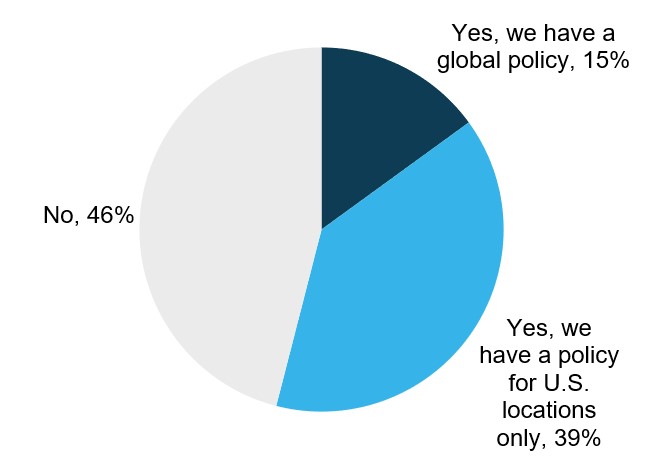April 26, 2021
Tobacco use is one of the biggest preventable health threats that the world has ever encountered, killing more than 8 million people every year.1 Tobacco use and correlating health conditions pose a threat to the health and economic well-being of people around the world, including your employees and their families. Tobacco use also has an immense impact on companies. In the U.S., tobacco use costs employers $5,816 per smoker.2 To combat this health issue, the 2021 theme is “Commit to Quit.”
Why Should Employers Care?
Healthy employees equal a healthy and productive business. The economic costs of tobacco use are substantial and include significant health care costs for treating diseases caused by tobacco use, as well as the lost human capital that results from tobacco-attributable disease and death.1 More than 80% of tobacco users live in low- and middle-income countries.1 There are many forms of tobacco use (e.g., cigarettes, bidis, vaping, chew, and many others) that will all need to be addressed in employers’ efforts.
What Can Employers Do?
Many tobacco users are aware of the dangers of tobacco and want to quit.1 Counseling and medication can more than double a tobacco user's chance of quitting successfully.1 This means that employers have a unique opportunity to influence their employees’ tobacco consumption behavior. Companies have the power to directly or indirectly encourage employees to quit and to help them do so favorably. Enacting a tobacco-free policy that includes cessation coverage makes tobacco cessation truly viable. Covering multiple attempts will lead to effective cessation.
People often use tobacco during periods of stress to help relax and cope with anxiety.3 The COVID-19 pandemic has proven to be a stressful time for millions of people around the world. Yet the importance of an individual’s underlying health is underscored even more. Employees need extra support to effectively quit.
Reccomended actions for employers include:
- Enacting policies for a tobacco-free workplace and campus;
- Offering tobacco cessation programs and providing incentives for engagement; and
- Promoting use of the company’s Employee Assistance Program to help address stress (if available).
Instituting these actions can increase employee productivity; decrease medical benefit utilization; and lower health, life and disability insurance costs.

Source: Large Employers’ Approach to Tobacco and Vaping in 2019
Drive change with our Global Institute.
Learn More ![]()
Additional Business Group on Health Resources
- Roadmap to a Global Tobacco-Free Company
- Global Employee Assistance Programs
- Mental Health Benefits Around the World - Employer Programs and Challenges
- 1 |World Health Organization. Tobacco: Key facts. May 27, 2020. https://www.who.int/news-room/fact-sheets/detail/tobacco. Accessed April 20, 2021.
- 2 | Berman M, Crane R, Seiber E, Munur M. Estimating the cost of a smoking employee. Tob Control. 2014;23(5):428-433. doi:10.1136/tobaccocontrol-2012-050888
- 3 | Torres OV, O'Dell LE. Stress is a principal factor that promotes tobacco use in females. Progress in Neuro-Psychopharmacology & Biological Psychiatry. 2016;65:260–268. doi:10.1016/j.pnpbp.2015.04.005.
More Topics
Articles & Guides
This content is for members only. Already a member?
Login
![]()
